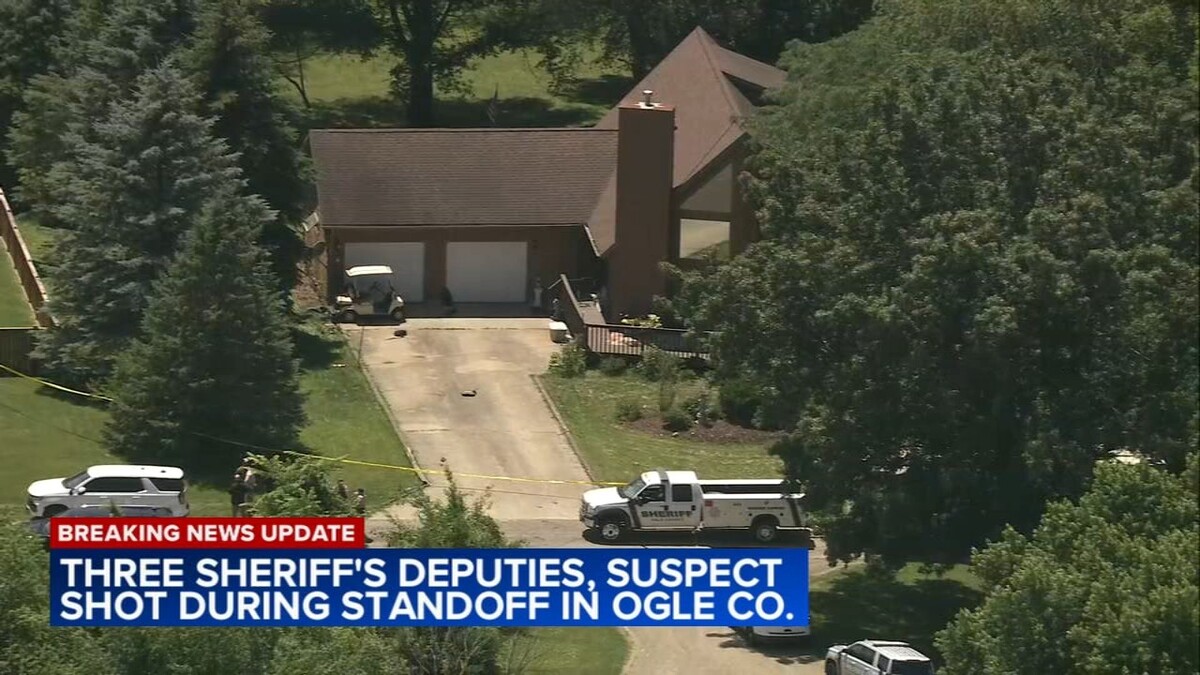Rethinking Police Response to Barricade Situations
Rethinking Police Response to Barricade Situations

The recent incident in Ogle County, Illinois, where three members of an emergency response team (including a tactical medic) were shot while responding to a barricaded individual threatening suicide and homicide, highlights the urgent need to reassess law enforcement's approach to such situations. The team members were attempting to make entry after nearly three hours of failed negotiations with the suspect, who was the sole occupant of the residence.
According to reports, the situation began early in the morning on June 12, 2024, when deputies responded to a call about a man threatening to kill himself and others. The suspect's mother had contacted the police after her son expressed homicidal and suicidal ideations. Despite extensive efforts to negotiate, the decision to enter the home was made after hours of standoff, leading to the team being met with immediate gunfire. This incident underscores law enforcement's risks in such volatile situations and raises critical questions about current protocols and resource allocation.
The police are often called upon to address a wide range of societal issues, many of which are beyond the scope of traditional law enforcement. As Gordan Graham, founder of Lexipol, aptly stated, "Predictable is preventable." This means that foreseeable incidents can be managed or mitigated through proactive measures. However, expecting law enforcement to be the catch-all solution to every crisis is neither sustainable nor fair to the officers or the community.
At some point, we must acknowledge that American law enforcement professionals cannot continue to operate as the default problem solvers for all societal issues. Mental health crises, in particular, require specialized responses that go beyond the capabilities of traditional police work.
Data from the FBI's Law Enforcement Officers Killed and Assaulted (LEOKA) report shows a troubling trend: from 2021 to 2023, there were 194 officers feloniously killed, the highest in any three years over the past two decades. Additionally, 2023 saw a ten-year high in assaults on officers, with 79,091 reported assaults, including 466 incidents where firearms injured officers (sources: FBI, Police Magazine). These statistics highlight the increasing dangers officers face, particularly in situations involving barricaded individuals and mental health crises.
Rethinking our response to high-risk situations like barricade scenarios, where the only threat is to the individuals themselves, can keep our officers safer.
I'm relieved that the team members will be okay. It's important to remember that there are no easy answers to these complex and dangerous situations, and I don't claim to have all the solutions.

